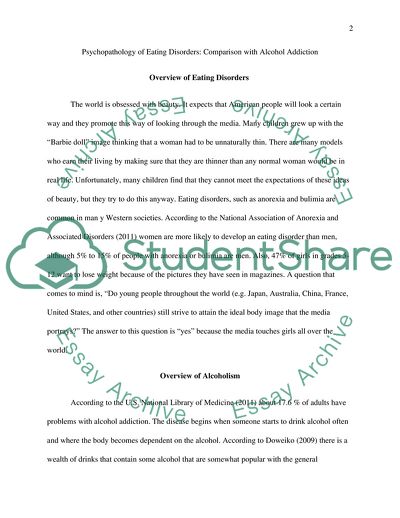Cite this document
(Psychopathology of Eating Disorders and Alcohol Addiction Coursework, n.d.)
Psychopathology of Eating Disorders and Alcohol Addiction Coursework. https://studentshare.org/psychology/1755420-psychopathology-of-eating-disorders
Psychopathology of Eating Disorders and Alcohol Addiction Coursework. https://studentshare.org/psychology/1755420-psychopathology-of-eating-disorders
(Psychopathology of Eating Disorders and Alcohol Addiction Coursework)
Psychopathology of Eating Disorders and Alcohol Addiction Coursework. https://studentshare.org/psychology/1755420-psychopathology-of-eating-disorders.
Psychopathology of Eating Disorders and Alcohol Addiction Coursework. https://studentshare.org/psychology/1755420-psychopathology-of-eating-disorders.
“Psychopathology of Eating Disorders and Alcohol Addiction Coursework”. https://studentshare.org/psychology/1755420-psychopathology-of-eating-disorders.


